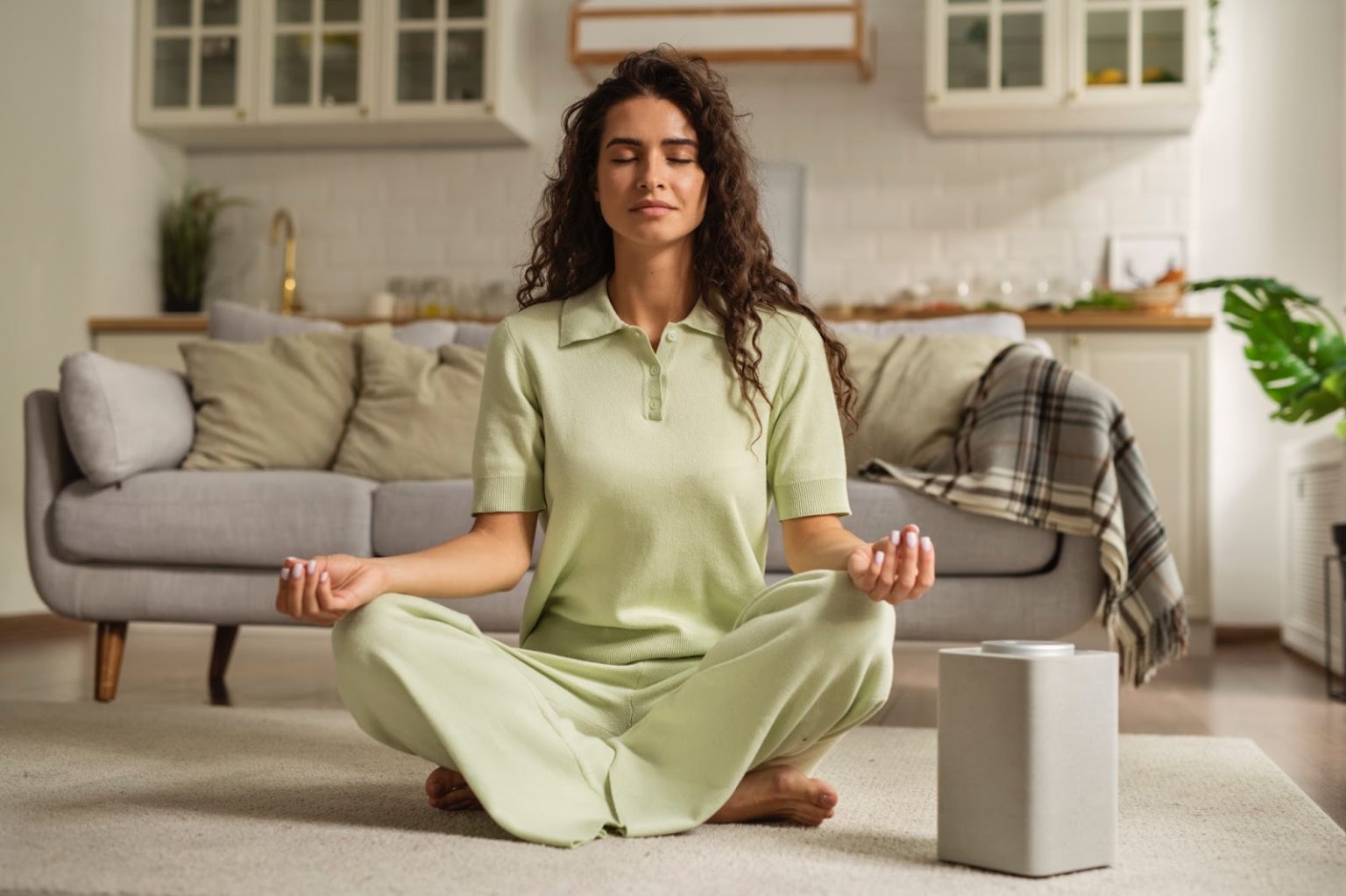In a world where speed reigns supreme, the ability to pause becomes a virtuoso art. We rush because we want to be successful, try to keep up with the news, check off one task after another in our work calendar and daily plan, and often, by the beginning of the day, we feel squeezed like a lemon. But what if the wisdom of each day lies precisely in knowing how to slow down?
Let’s explore how unhurriedness and mindful pauses can restore our inner balance, help with Attention Deficit Hyperactivity Disorder (ADHD), increase productivity, and unlock creative potential.
Unhurriedness as a way to restore inner balance
Constant hustle and information overload knock us off balance. And unhurriedness, in this case, acts as an antidote. Even simply slowing down our pace gives the nervous system a chance to reset. Recent research shows that “slow living” helps reduce daily stress levels and even blood pressure. When we focus on one task, instead of multiple parallel activities, our perception changes. After all, it’s impossible to eat an entire elephant at once; it needs to be divided. A mindful pace of life helps to value not the quantity of completed tasks, but the depth and quality of each action. And as a result, to get satisfaction from the work done.
By slowing down, a person begins to better understand their true needs. Instead of running on “autopilot,” we can exhale and listen to ourselves. Unhurriedness provides an opportunity to set priorities and understand whether all urgent matters are really that urgent.
Science has demonstrated that living at a slower pace not only reduces stress but also improves concentration, memory, and even social connections. Put, when we live unhurriedly, the mind and body get the necessary respite. And as a result, inner balance emerges and a sense of control over one’s life.
How mindful pauses help people with ADHD
People with ADHD find it especially difficult to slow down – their brain constantly switches between thoughts, performing multiple simultaneous and not always sequential actions. It’s no coincidence that modern adult ADHD treatment includes regular pauses as an important component of therapy. That’s why mindful pauses can bring significant benefits for this condition.
For people with ADHD, the reserve of self-control is depleted much faster, which is why regular breaks are critically important for restoring brain energy. Each of us has an internal reserve of strength that can sometimes not just be exhausted but can reach negative values. And to prevent it from running out, it’s important to give ourselves time to recover and regain confidence in ourselves and our actions.
In recent years, mindfulness practices and meditation have become an important part of ADHD therapy. When a person learns to notice details around and within themselves, consciously taking pauses – for example, closing their eyes and focusing on breathing for a few minutes – their brain gradually calms down, and the ability to bring scattered attention back to the right track becomes stronger. People with ADHD note that even these simple practices help them better cope with daily tasks, understand their emotions, and reduce impulsivity.
Experts agree that the best effect is achieved through a comprehensive approach that combines medication therapy, behavioral methods, and mindfulness practices. Mindfulness techniques help the brain “reset” and maintain focus.
Slowness and productivity: a paradoxical alliance
Since childhood, we’re told that our productivity directly depends on our speed: “Time is money,” “Make every minute count.” And as paradoxical as it may seem, slowing down often leads to increased productivity. There’s an old saying: “Slow and steady wins the race.” In the context of work, this means that by not rushing headlong, we can ultimately achieve greater results.
Why it works:
- Balanced decisions. By breaking down all our tasks into smaller ones, we allow ourselves to assess the scope of tasks and make more thoughtful decisions.
- Fewer mistakes — higher efficiency. We all perform tasks more carefully and make fewer mistakes when we don’t rush ourselves.
- Better quality of work. When we give ourselves a chance to “breathe,” we can delve deeper into details and achieve better results.
- More creativity. Our brain is more creative at a calm pace. Without “yesterday’s deadlines,” ideas come more easily.
- Burnout prevention. We preserve our nervous system’s resources and moral satisfaction by slowing down.
Studies consistently show that taking regular breaks at work helps with focus and productivity, as well as stress reduction. Therefore, it’s critical to realize that sometimes slowing down is necessary before speeding up.
Silence as a Source of Creativity and Clarity
We live in a world of endless notifications, messages, calls, and continuous information flow. Sometimes it seems that people have forgotten how to listen to silence. Yet it is in silence that the brain finds space for creativity. It’s very simple – when background noise and distracting factors disappear, attention turns inward.
Scientists note that cognitive load decreases in silence. The ability to disconnect from external information and immerse oneself in one’s thoughts is directly linked to our creativity and ability to think broadly.
In silence, we better hear our thoughts, and what seemed confusing suddenly becomes clear. Even simply closing your eyes and sitting in silence for a couple of minutes without sounds can refresh the brain as effectively as sleep.

Why are we afraid to slow down?
Logically, everyone might wonder – if slowing down is so beneficial, then what prevents us from hitting the brakes? The answer lies in the peculiarities of our environment; with the development of technology, modern culture instills in us the fear of “missing out.” We might feel that slowing down, let alone stopping, is equivalent to loss.
For some, the mere thought of being alone with themselves in silence causes discomfort. A slow pace makes them nervous. An internal feeling arises that “I’m not keeping up, I’m wasting time.” Regardless of any diagnosis, many find it difficult to simply be, without doing anything.
Psychologists explain this by saying that in silence, we come face to face with ourselves. ‘Idleness’ can bring our suppressed emotions to the surface. We begin to criticize ourselves, and consequently feel anxiety, self-doubt, and we want to run away from this as quickly as possible. As mentioned in the liven app review, in society, slowness is often perceived as laziness, while being busy is seen as a virtue. Therefore, slowing down requires courage and inner strength. It is a conscious choice in a constantly rushing world.
Summing up
In our hectic world, a pause is not a sign of weakness but a manifestation of wisdom and strength. In the space of silence, our mind finds new ideas and paths, while the body restores its energy.
For those with ADHD, these islands of silence become an opportunity to organize chaotic thoughts. Creative people hear their inspiration in this silence, and each of us discovers the possibility of a meaningful life.
Try to turn down the noise, take a breath, and hit “pause” — perhaps these are the moments when your most valuable insights will come. By slowing down, we ultimately move towards becoming our better selves.



